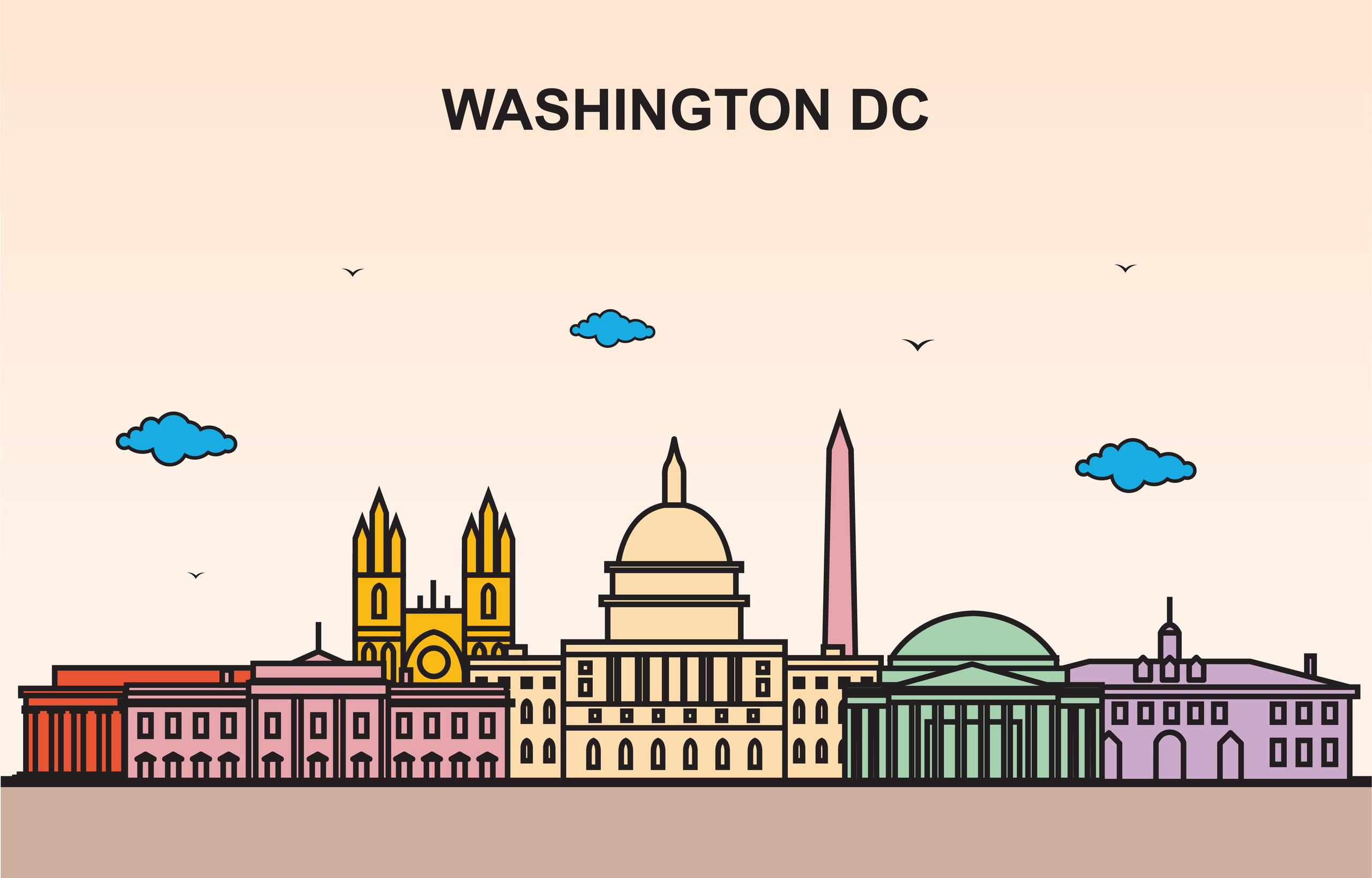Living Expenses in Washington, D.C. (2025-2026)
Get the latest insights on accommodation, food, transport, utilities, and more for life in the U.S. capital

Get the latest insights on accommodation, food, transport, utilities, and more for life in the U.S. capital

Washington, D.C., the U.S. capital, is one of the nation's most expensive cities. Understanding all living expenses is vital for budgeting as a visitor, business traveler, or resident. Below is a full breakdown for 2025 and 2026, including projected trends.
DC’s robust economy is fueled by federal agencies, global organizations, and a thriving professional job market. Median household incomes exceed $95,000, far above the $70,000 national average. However, housing demand, geographic constraints, and a premium services sector drive living costs 20-30% above U.S. averages. Expect steady cost increases through 2026, though growth may slow slightly as new housing stock comes online.
*Tip: Expect 3-5% annual rent increases through 2026*
Tip: **Public transport + bike** is the most cost-effective combination for urban living.
Grocery costs are 10-15% above the U.S. average. Diverse international cuisine available at all price points.
Tip: Newer buildings may offer better efficiency and slightly lower utility costs.
Tip: Take advantage of DC's extensive free cultural offerings and outdoor spaces.
Public schools are free but vary by neighborhood quality.
Housing costs to rise 3–5% annually, transportation and food 2–4%. Healthcare expected to outpace general inflation. Free museums and outdoor recreation remain DC’s top value year-round.
Washington, D.C. offers an unbeatable mix of high salaries, career opportunities, and world-class amenities. While living costs are high, smart budgeting and taking advantage of free resources can help balance the premium. Use this guide to plan your move, your extended stay, or simply a visit with eyes wide open to costs in the capital!